Twisted pair cables and fiber optics are two widely used types of cables in data transmission. They differ significantly in conductor materials, transmission characteristics, application scenarios, and costs. When making a choice, it's essential to consider specific application requirements and budget. In building a household 10G local area network (LAN), whether to choose LC fiber optic patch cords or twisted pair cables depends on various factors. Here is an analysis of the main differences between these two types of cables:
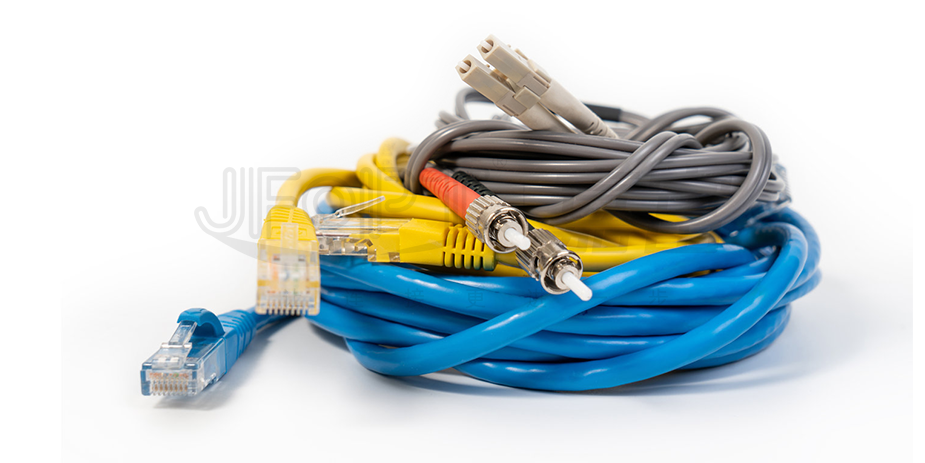
The advantages of LC fiber optics include:
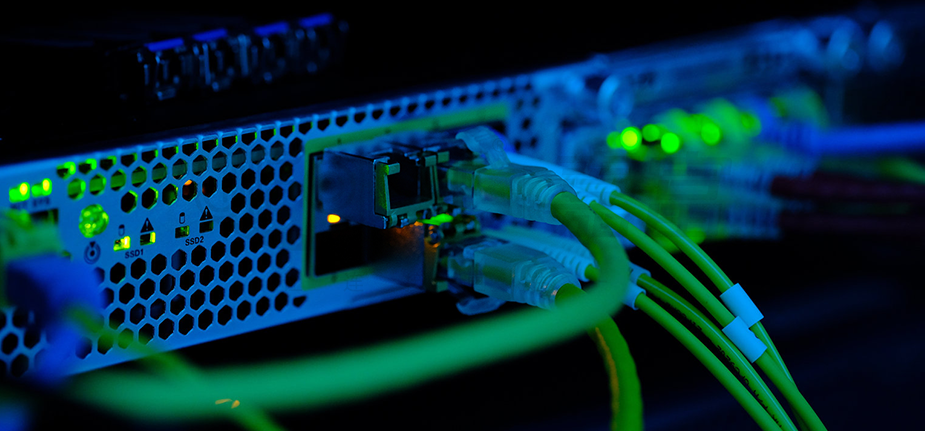
However, LC fiber optic patch cords are not without their drawbacks:
The main advantages of twisted pair cables include:
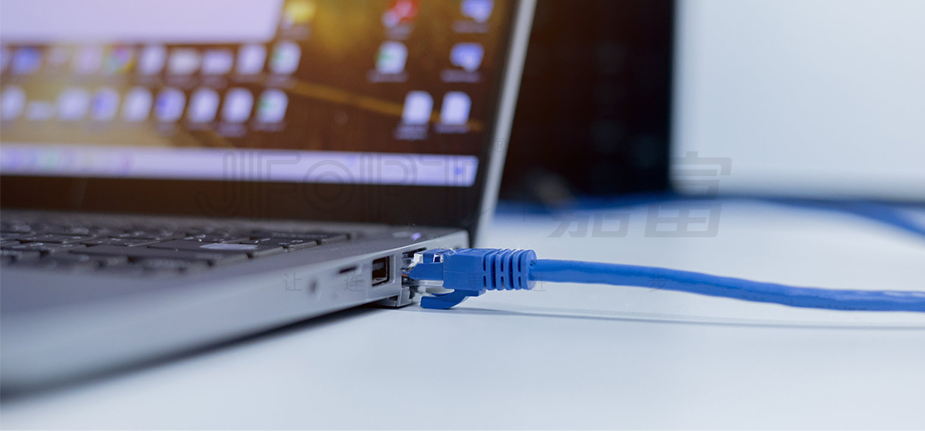
However, twisted pair cables also have some inherent limitations in their application:
Considering the above factors, if you prefer higher bandwidth performance, lower transmission loss, and stronger resistance to interference, and your budget allows, then LC fiber optics are undoubtedly the more ideal choice. However, if you have strict cost control requirements and your current network needs can be met by the transmission capabilities of twisted pair cables, then twisted pair cables are a cost-effective and practical solution. The final decision should closely align with your actual needs and budget.

The advantages of LC fiber optics include:
1.High bandwidth and low loss characteristics: Fiber optics are the ideal choice for long-distance, high-speed data transmission due to their unparalleled bandwidth capacity and low loss performance. When building a 10G LAN, fiber optics ensure stable and efficient data transmission, easily meeting the demanding requirements for high speed and large capacity.
2.Strong resistance to interference: The unique advantage of fiber optic transmission is its immunity to electromagnetic interference. This characteristic results in purer and more stable signal transmission, effectively avoiding signal attenuation and interference issues, thereby ensuring the reliability and quality of data transmission.
3.Compact design and easy installation: LC fiber connectors are designed to be small and compact, perfectly suited for high-density fiber connection environments. Their innovative plug-in design simplifies the installation process and makes subsequent maintenance and removal work easy and quick, greatly enhancing the flexibility and efficiency of network deployment.

However, LC fiber optic patch cords are not without their drawbacks:
1.Higher cost: Compared to twisted pair cables, fiber optics and their associated equipment (such as fiber transceivers and fiber switches) have significantly higher purchase and installation costs. This can put pressure on the overall budget for network construction, increasing initial investment.
2.Professional maintenance requirements: Although fiber optic transmission is known for its high reliability, its maintenance needs increase in complex or harsh operating environments. This requires maintenance personnel to have specialized knowledge and skills, as well as the appropriate professional tools, to ensure the stable operation of the fiber optic network.
The main advantages of twisted pair cables include:
1.Cost-effective: As an economical transmission medium, twisted pair cables are affordably priced and widely compatible with household routers and switches, making them an ideal choice for home and small office network setups.
2.Wide application: The use of twisted pair cables extends beyond computer networks to include telephone networks and surveillance systems, showcasing their strong adaptability and flexibility.
3.Easy installation: The wiring process for twisted pair cables is relatively simple and adaptable to various environments. Whether in homes, offices, or other locations, twisted pair cables facilitate easy network deployment, providing significant convenience.

However, twisted pair cables also have some inherent limitations in their application:
1.Wide application: The application of twisted pair cables is somewhat limited by their transmission distance and bandwidth. In scenarios requiring long-distance or ultra-high-speed data transmission, twisted pair cables may fall short and may not meet all high-end requirements.
2.Relatively weak resistance to interference: Compared to fiber optics, twisted pair cables are less effective at resisting electromagnetic interference. In environments with complex electromagnetic conditions or numerous interference sources, the signal transmission of twisted pair cables might be affected, requiring additional attention and protection.
Considering the above factors, if you prefer higher bandwidth performance, lower transmission loss, and stronger resistance to interference, and your budget allows, then LC fiber optics are undoubtedly the more ideal choice. However, if you have strict cost control requirements and your current network needs can be met by the transmission capabilities of twisted pair cables, then twisted pair cables are a cost-effective and practical solution. The final decision should closely align with your actual needs and budget.
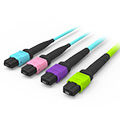
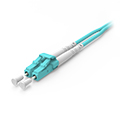
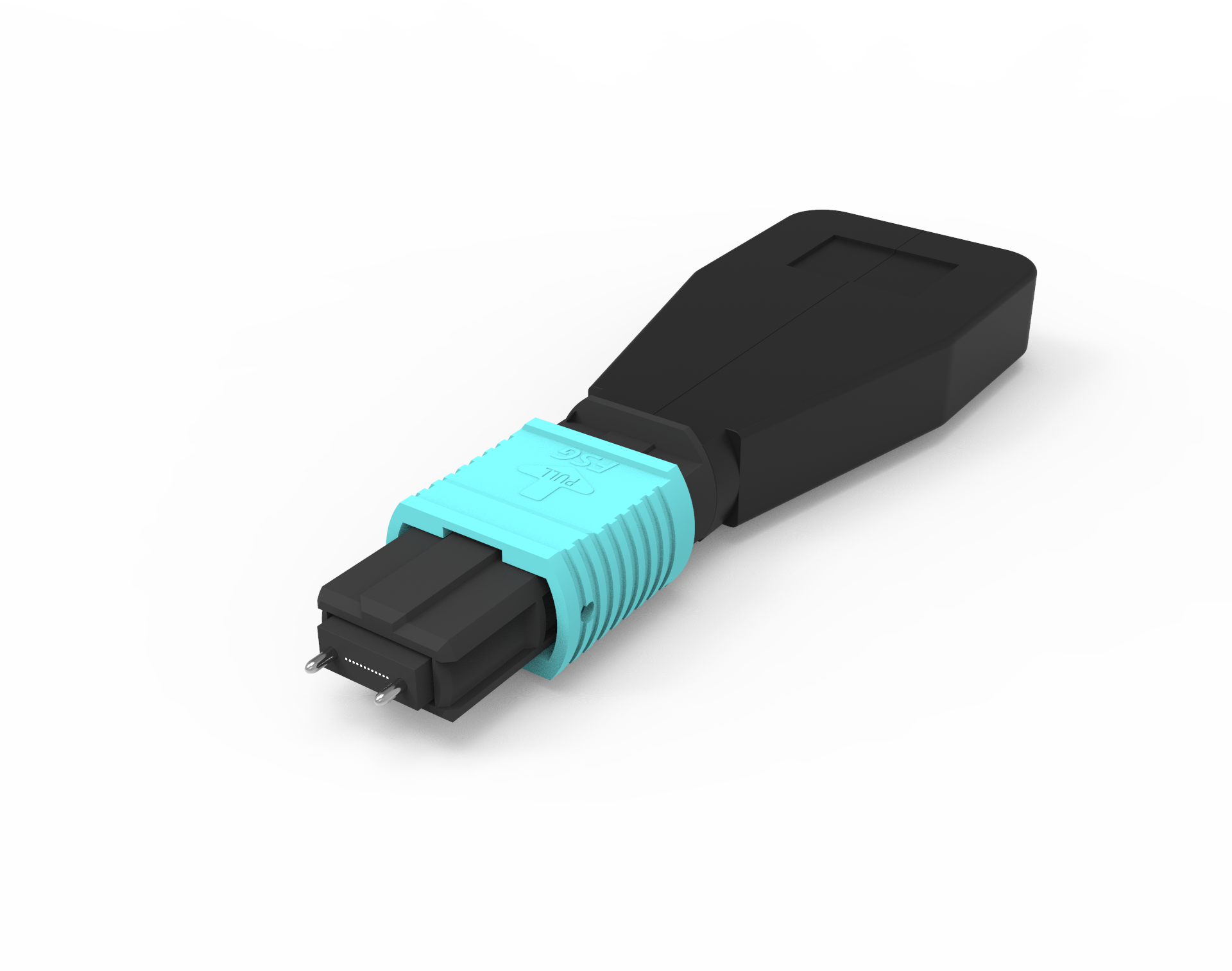
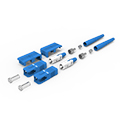
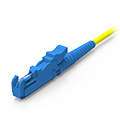
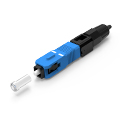
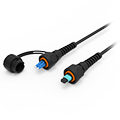
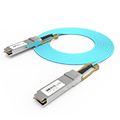
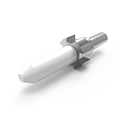
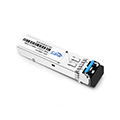
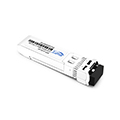
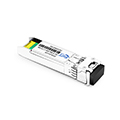
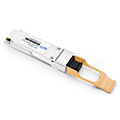
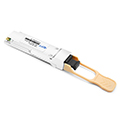

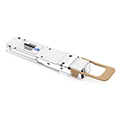
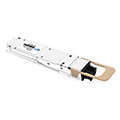
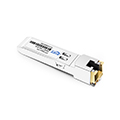
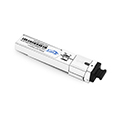
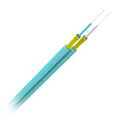
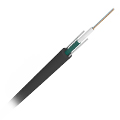
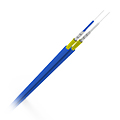
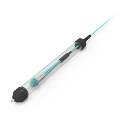
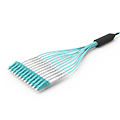
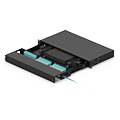
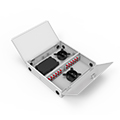
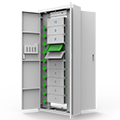
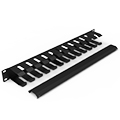
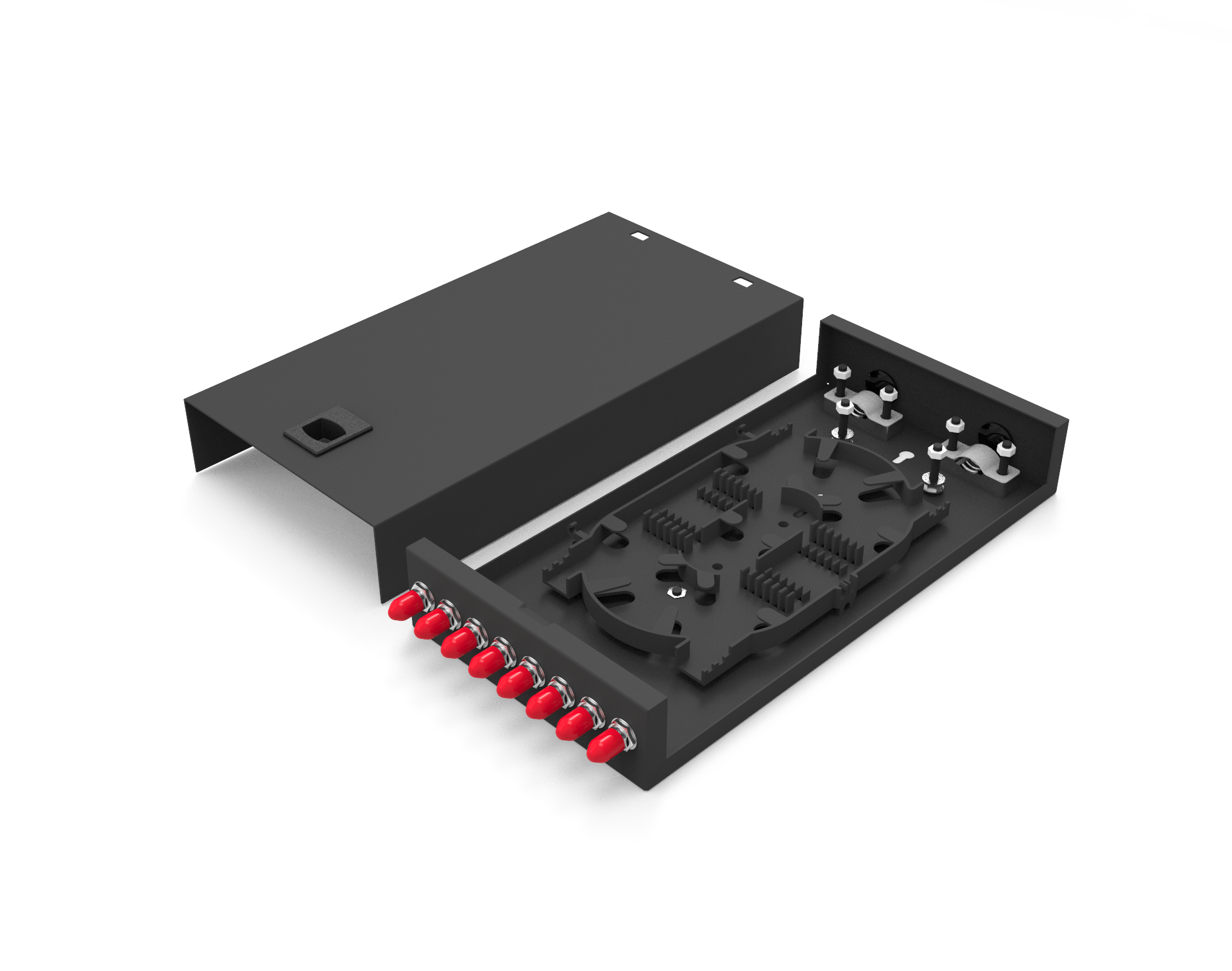
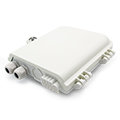
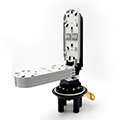
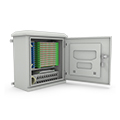
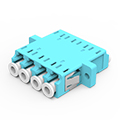
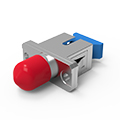
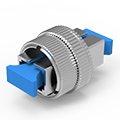
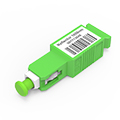
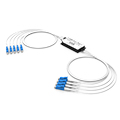
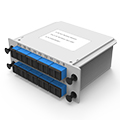
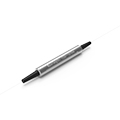
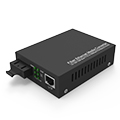
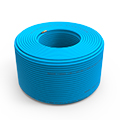
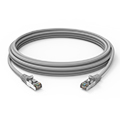
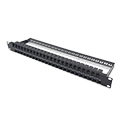
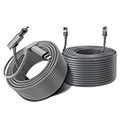
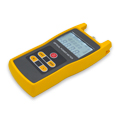
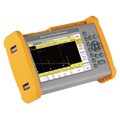
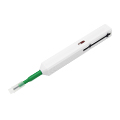
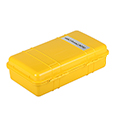
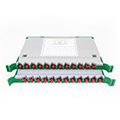
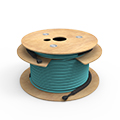



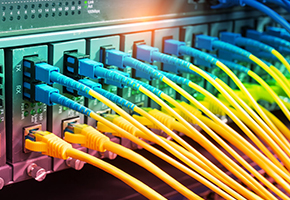
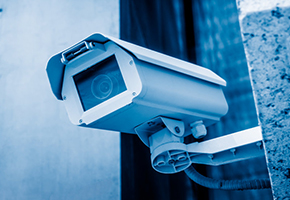

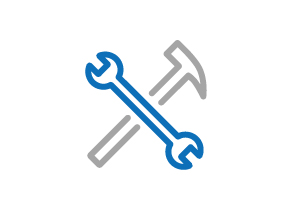

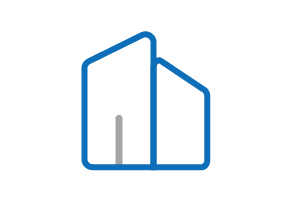







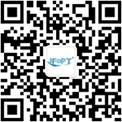

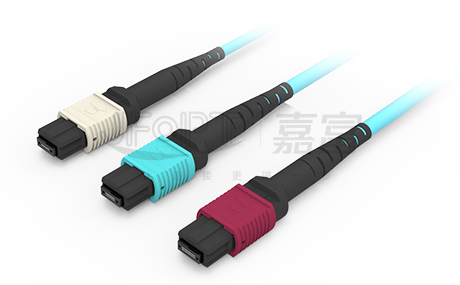
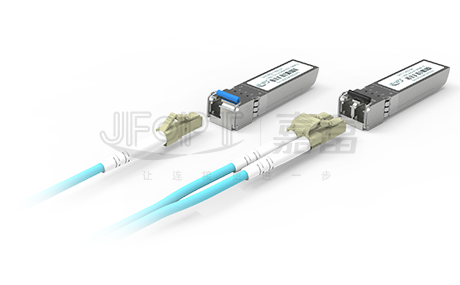
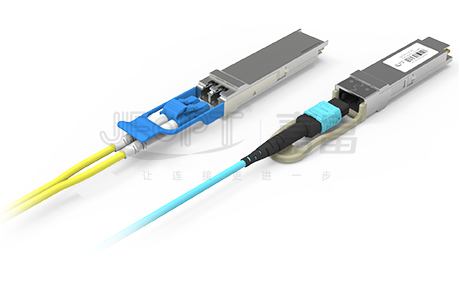
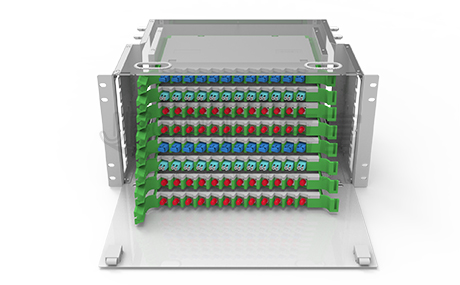
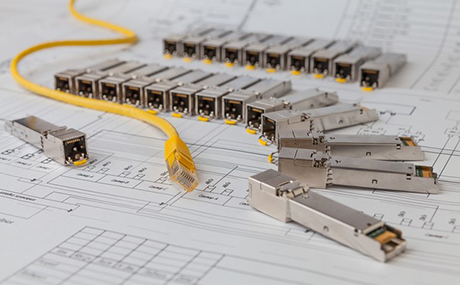
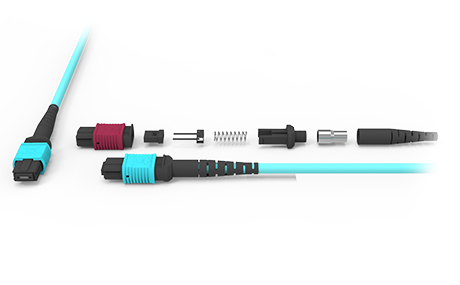
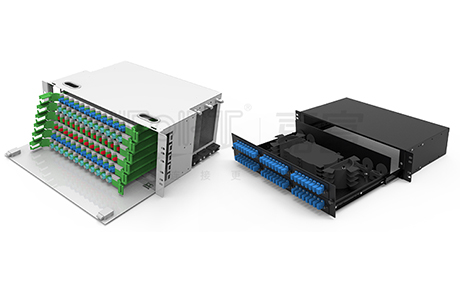
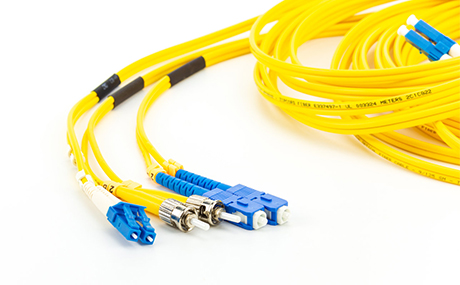
 Ann
Ann












